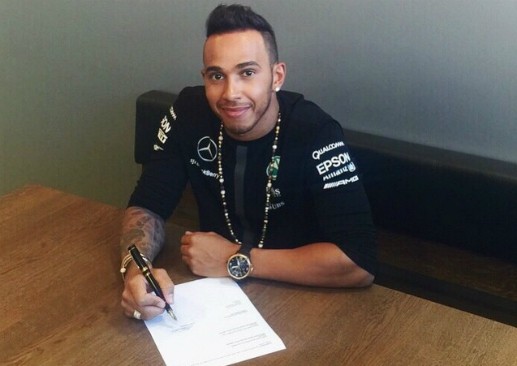Sunday marks the Grand Prix de Monaco, the world’s most prestigious auto race. On the other side of the Atlantic, American race fans will be watching the 99th running of the Indianapolis 500, which the IndyCar Series bills as “The Greatest Spectacle in Racing.”
This may no longer be the case, however. The sport faces a major cultural shift in the United States away from the automobile. Pundits are still debating whether or not millennials have rejected car ownership. But cars, for a variety of reasons, just doesn’t have the appeal that they had for generations in the past, as our own Micheline Maynard has written on extensively.
If young Americans lose interest in driving vehicles, will that affect their desire to watch driving on television?
Whether it’s a lack of younger viewers or something else altogether, the Indy 500 isn’t as watched nationally as it was years ago. The television audience for last year’s Indy 500 was the fourth-lowest ever with 6.2 million viewers, according to Sports Media Watch. Numbers were even lower in 2010 and 2013.
IndyCar organizers are trying to boost those number with young fans by doing things like partnering with the International Soap Box Derby and promoting successful millennial racers young people are more likely to support. A victory from the young and charismatic driver Graham Rahal this Sunday could even be enough to help swing the tide, as The Indianapolis Star’s Gregg Doyel suggests.
NASCAR officials are certainly doing their part as well. One of the more striking examples is NASCAR’s SpongeBob SquarePants 400 at Kansas Speedway earlier this month.
In its most recent partnership with the network Nickelodeon, several racers featured characters from the SpongeBob television show painted on their cars. The network also set up a “Kids Zone” for fans at the race. Without a doubt, the event was an attempt to grab the interest of young children, especially those watching with their parents — 37 percent of NASCAR fans who watch on television have children under the age of 18, according to an article by David Skretta for the Associated Press.
As Skretta points out, this push for a younger crowd mirrors a similar push to attract more women to the sport in the 1980s and 1990s. NASCAR experienced a boom in the late 90s and early 2000s after it attracted the new fans to its base.
While it’s still uncertain if the organization can duplicated that success with young people, it’s certainly needed if NASCAR is going to experience any serious longevity.
The NASCAR Sprint Cup Series attracted an average television audience of 5.77 million in 2013, according to an article in The Atlantic last year. Sprint Cup Series races averaged more television viewers that year than regular season MLB, NBA and NHL games aired nationally.
But the problem is only 14 percent of that NASCAR audience is between the age of 2 and 34, according to the Nielsen report the magazine used as a source. The only other sport in the report with a lower percentage in that demographic is golf.
Thankfully for motorsports, racing still has a sizable fan base and tradition on its side. But it can’t just rely on what’s been done in the past.
That means there could be some interesting changes in the promotion of American motorsports that even affect local tracks and circuits across the country. For story ideas, keep an eye out for new promotions at tracks in your coverage area. Contact local organizations about their sponsors and see how they’re trying to get young people out to races. You could also ask a few bar and restaurant owners if they plan to show Sunday’s race and if they’ve noticed a change in the audience the sport draws.
STORY IDEAS









